How Local Farmers Benefit from Regional Food Fairs
13 min read Explores how regional food fairs boost local farmers' visibility, sales, and community connections in the culinary landscape. June 27, 2025 06:05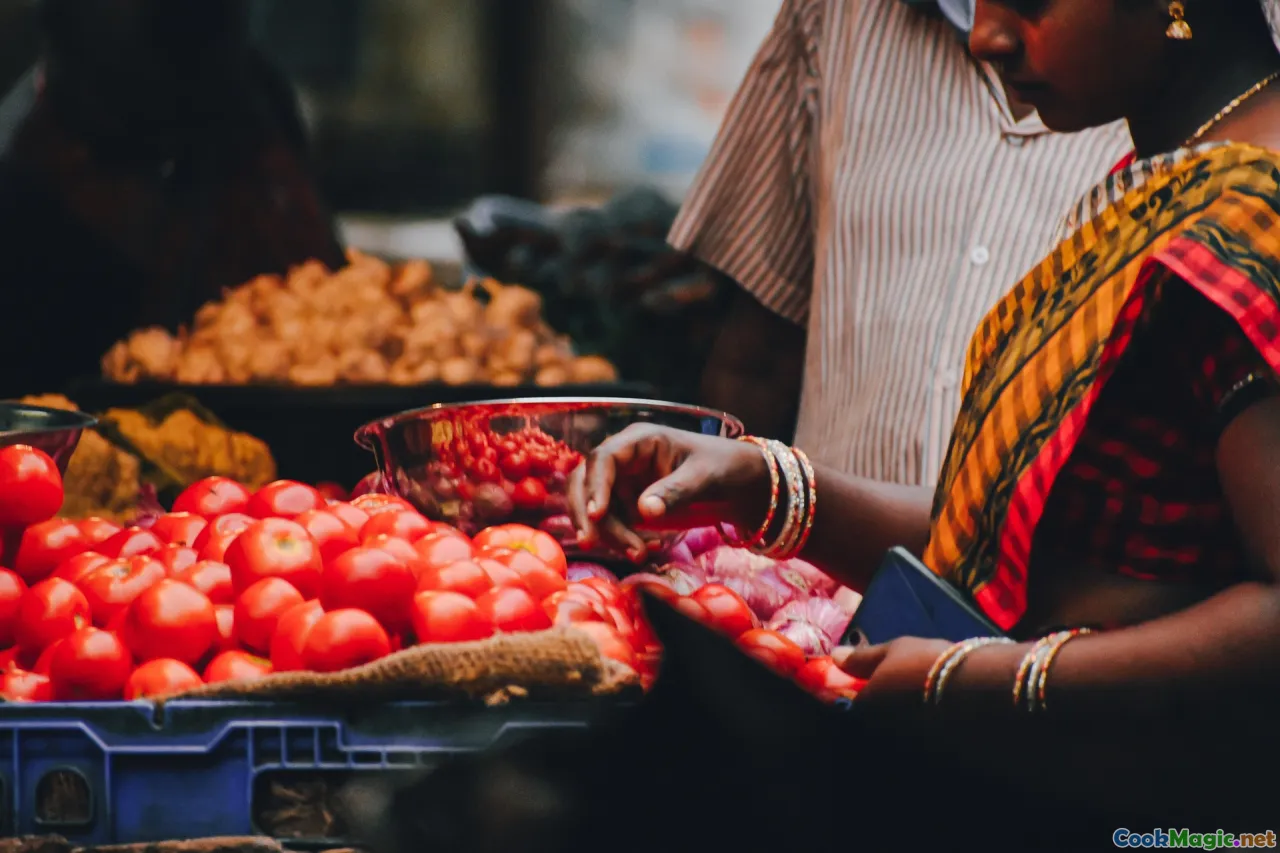
Savoring the Local Flavors: The Heart of Regional Food Fairs
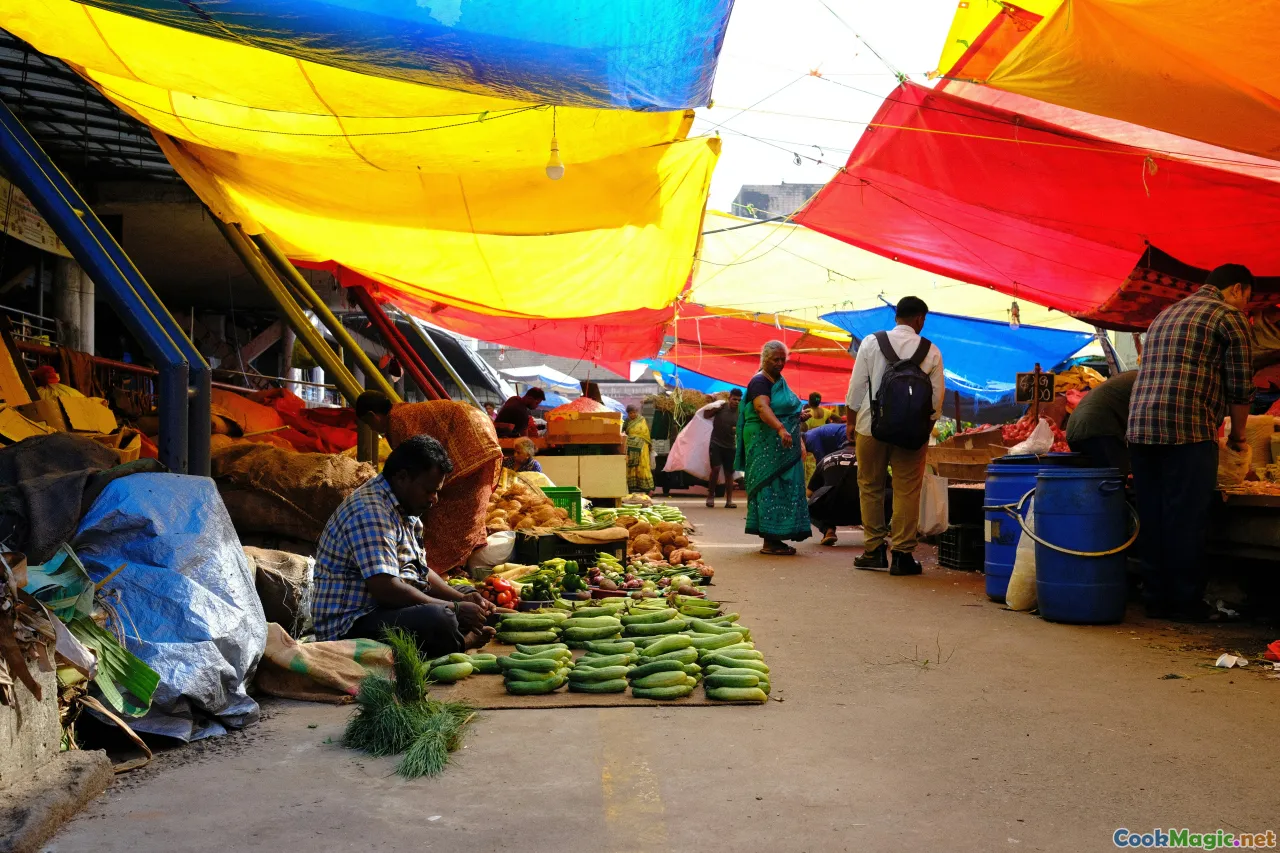
Imagine strolling through a bustling, sun-dappled square where the air is thick with the intoxicating aromas of freshly picked basil, grilled corn, and fragrant baked bread. The vivid colors of heirloom tomatoes, plump berries, and artisan pastries beckon you'd almost believe you've stepped into a living tapestry of culinary tradition. These regional food fairs are more than just markets—they’re celebrations of local culture, history, and community, offering vital benefits for the farmers who pour their heart and soul into every harvest.
Regional food fairs serve as vibrant platforms where local farmers can showcase their unique produce, artisanal products, and traditional recipes. For these small-scale producers, participating means more than just selling—they forge connections that echo through generations, nurture local economies, and preserve age-old culinary traditions. Cultivating a deeper understanding of how these fairs benefit farmers uncovers stories of resilience, innovation, and pride.
Connecting Cultures and Cultivating Roots
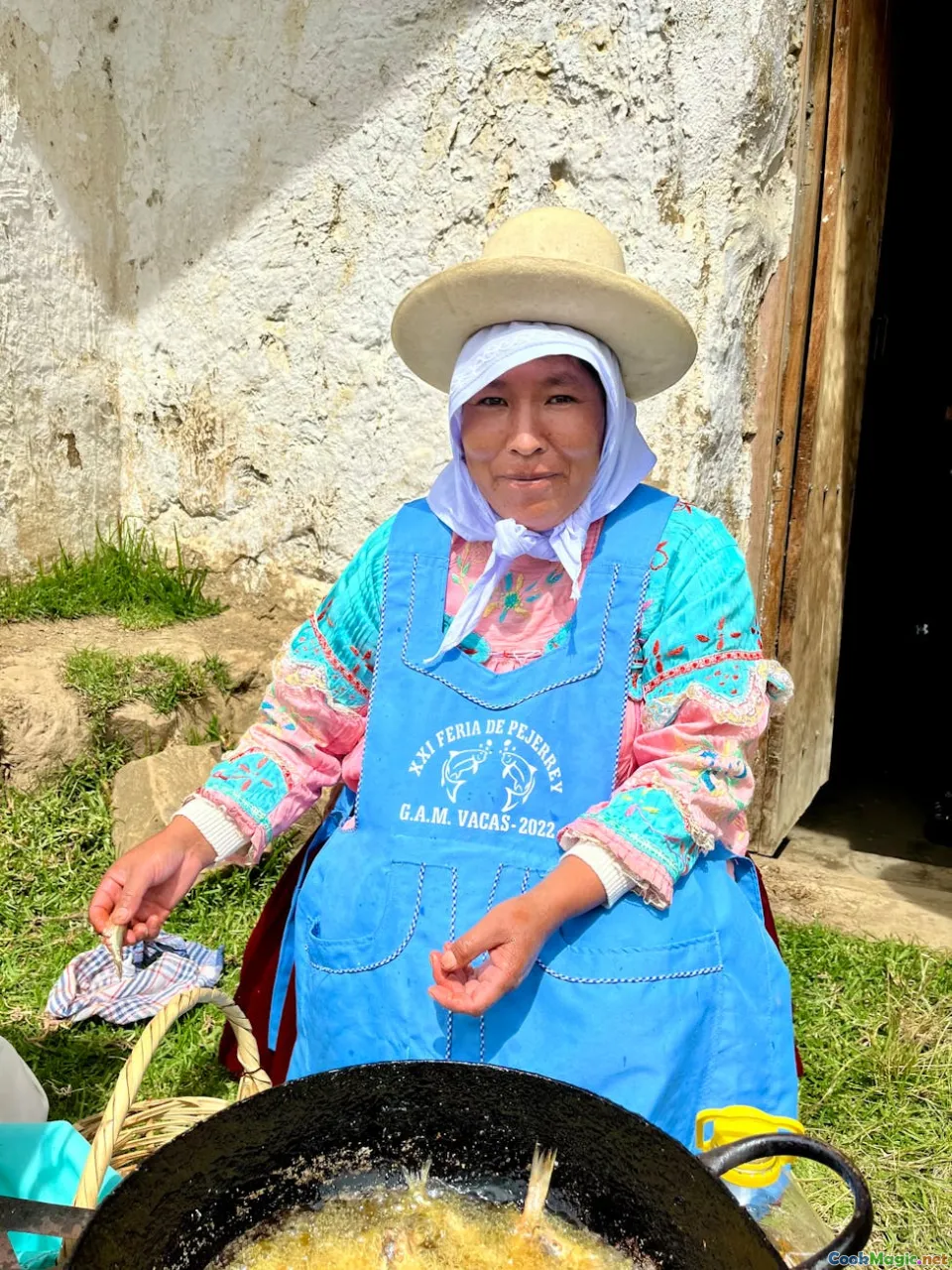
Food fairs resonate with a profound sense of cultural identity. For farmers, this connection often begins with a story—an ancestral recipe passed down through generations, a pilgrimage to seed saving festivals, or a hard-won organic certification rooted in years of dedicated stewardship.
Take, for example, the Georgia Heard Apple Festival where orchard owners proudly display heirloom varieties like the Ashmead's Kernel and the Liveland Raspberry apple. Visitors taste the crisp snap of these historic apples, breathe in the earthy scent of fallen leaves, and experience a tangible link to the past. These events give farmers a platform to share their heritage, ensuring their cultural identity endures amidst the fast-paced modern food landscape.
Economic Empowerment Through Direct Sales
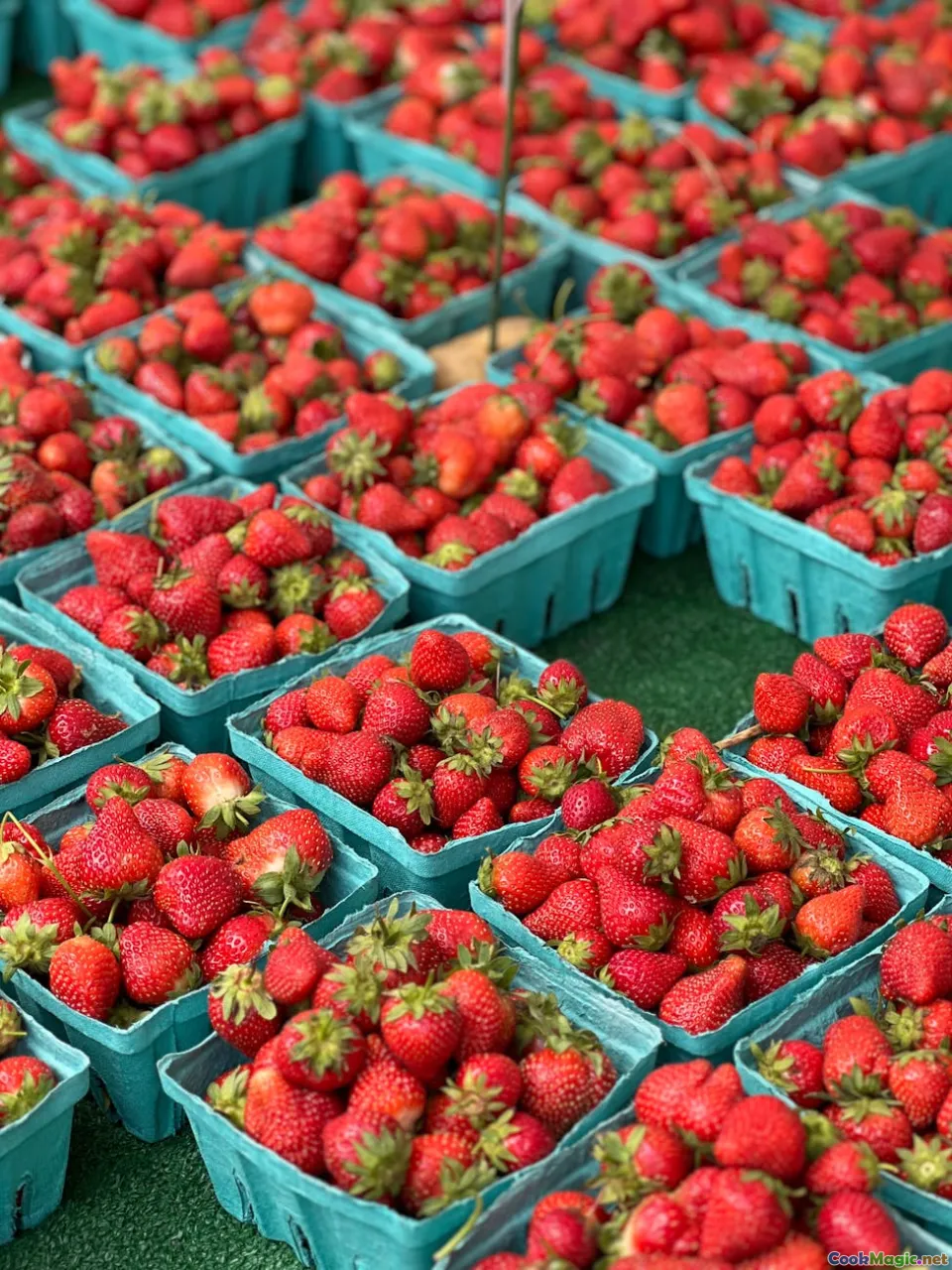
A primary benefit for farmers participating in regional fairs is increased economic stability. Unlike relying solely on grocery distributors or wholesale buyers, direct interaction with consumers at fair booths offers a fairer price for their labor and land.
For instance, in the Pacific Northwest, small vegetable farmers who participate in the Portland Farmers Market often notice their income spike during seasonal festivals. When they hand consumers a handful of freshly picked spinach or a basket of succulent strawberries, they’re not just making a sale—they’re building trust and loyalty that can translate into repeat business. Additionally, direct sales eliminate middlemen, allowing farmers to sustain their operations, reinvest in sustainable practices, and innovate with new varieties or recipes.
Bridging the Gap: From Soil to Plate
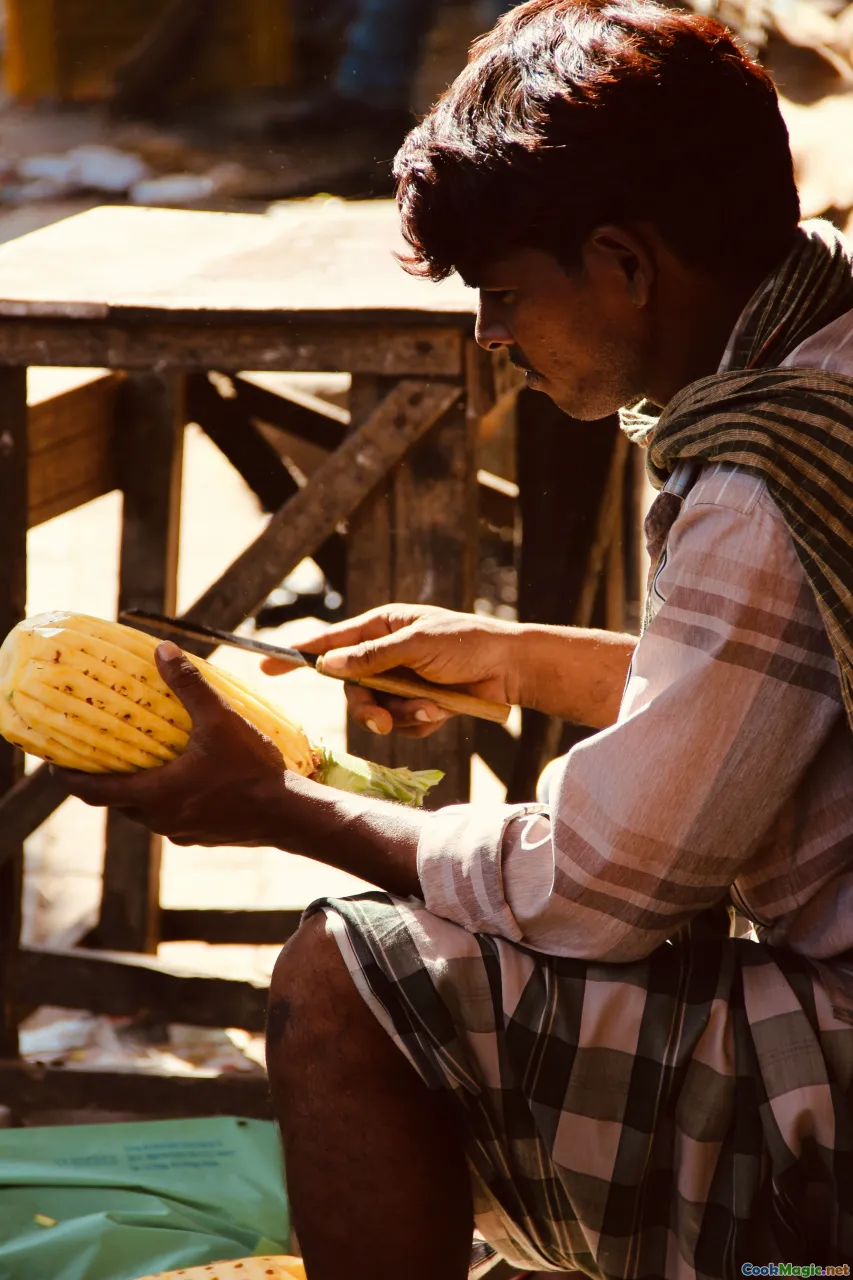
Food fairs serve as immersive educational experiences that deepen consumers' appreciation for where their food originates. Farmers become storytellers, guiding visitors through the journey from soil to plate.
Consider a farm-to-table demonstration featuring heirloom corn—such as Blue Dent or Bloody Butcher—that local farmers showcase by grinding into masa for freshly made tortillas. The textures are coarse yet fragrant, bursting with the tang of authentic flavor. The aroma of roasting peppers or blooming garlic complements the tactile experience, forging a tangible bond between the audience and the land.
These interactions encourage consumers to value seasonal, locale-specific ingredients and support sustainable farming practices. Farmers, in turn, see a surge in interest and respect for their craft.
Preserving Biodiversity and Heritage Varieties
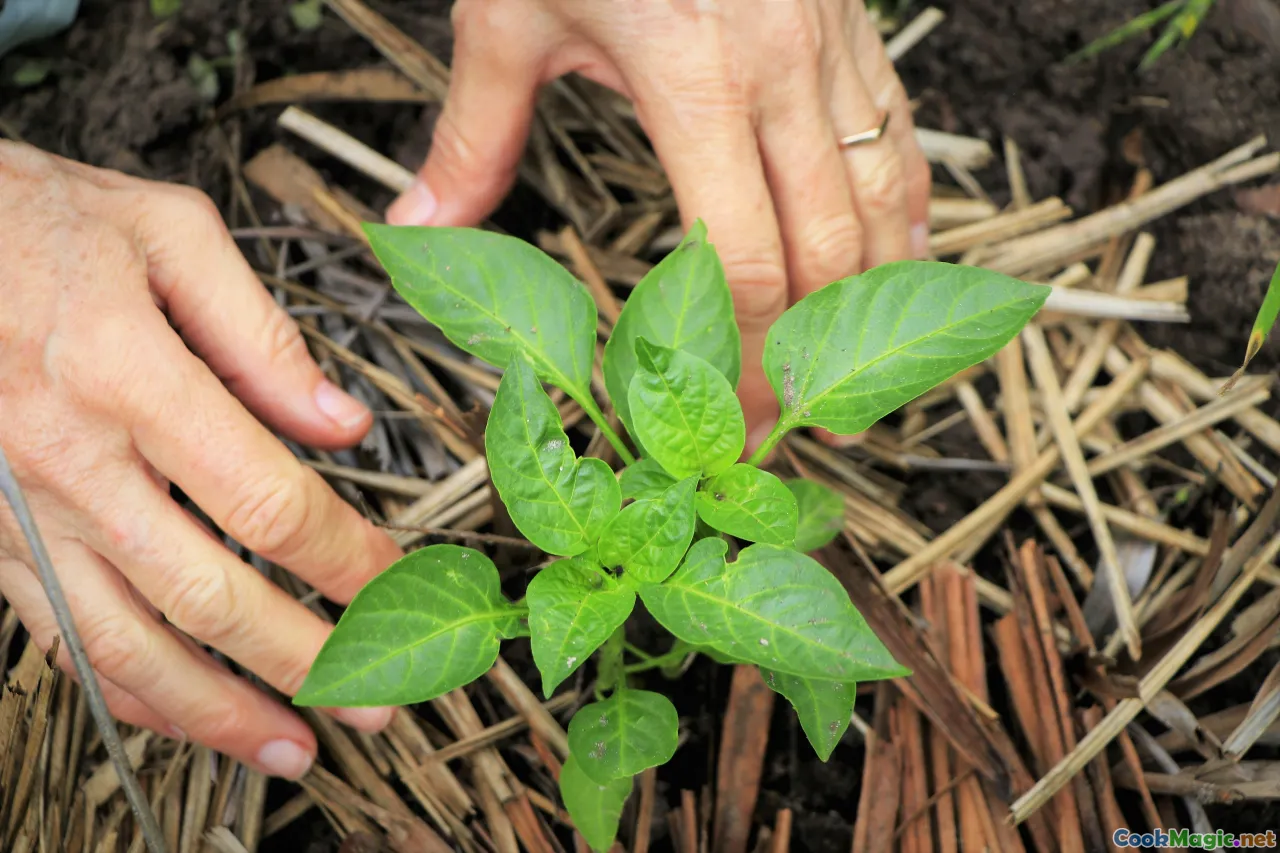
A significant and often-underappreciated benefit lies in the preservation of plant varieties and traditional breeds. Food festivals dedicated to heritage crops act as living repositories of biodiversity.
For example, at the Cajun Food Festival in Louisiana, farmers proudly display historic rice varieties like the Amazon and Spraya, cultivated through generations, each with a distinct flavor profile—nutty, buttery, subtly sweet. The conservation of these varieties through fair and festival participation encourages seed saving and genetic diversity, safeguarding agriculture against monoculture vulnerabilities.
By highlighting these heirlooms, farmers not only promote sustainable agriculture but also keep alive the cultural tapestry woven into their land's history. Their participation ensures that future generations can taste the same distinct flavors their ancestors cherished.
Personal Stories: Farmers’ Faces & Successes
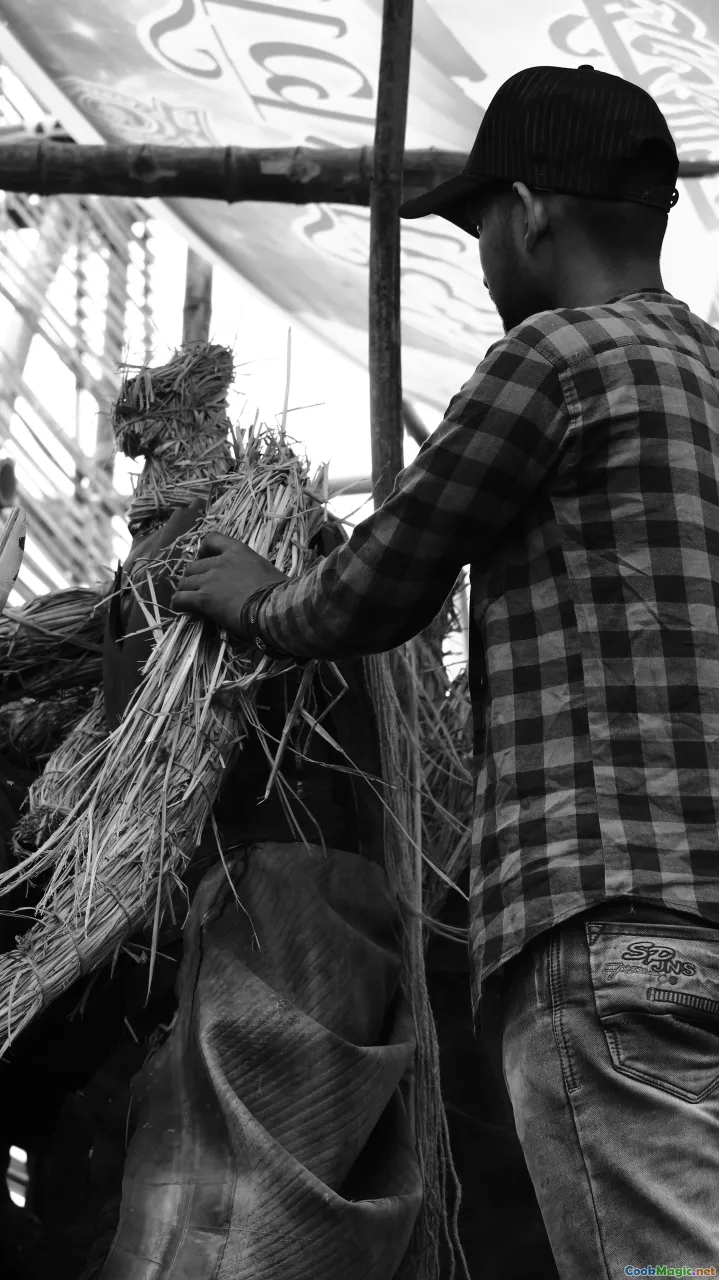
Nothing captures the spirit of regional food fairs better than heartfelt stories from the front lines. Take Maria Lopez, a third-generation chili pepper grower from New Mexico, who has found a new audience for her fiery hatch chilies at a seasonal festival. Her booth, adorned with woven blankets and pots of simmering chile sauce, draws visitors eager to taste her family’s legacy.
Maria’s story of resilience—climbing her steep compost pile in the early dawn to ensure she harvests her peppers at peak intensity—is a testament to the dedication that sustains these small farms. Her success at the fair has allowed her to expand her product line and connect with local chefs who emphasize farm-to-table menus.
Stories like Maria’s personalize the food, making it more meaningful, fostering loyalty, and solidifying the farm’s future.
Sustainability and Environmental Benefits

Participation in regional fairs often emphasizes sustainability—an increasingly vital concern for farmers seeking to protect their land for future generations. Presenting organic, regenerative, or permaculture practices at these events reinforces eco-friendly choices.
Farmers from California’s Central Coast, for example, showcase their cover crop fields interplanted with native wildflowers to attract beneficial insects and reduce pesticide use. Such demonstrations educate consumers about the importance of sustainable practices in preserving soil health, water quality, and local ecosystems.
By promoting eco-conscious techniques, farmers not only enhance their reputation but also contribute to regional environmental resilience. Fairs become forums for ecological exchange, inspiring community-wide sustainable practices.
How Food Fairs Reinforce Community Bonds
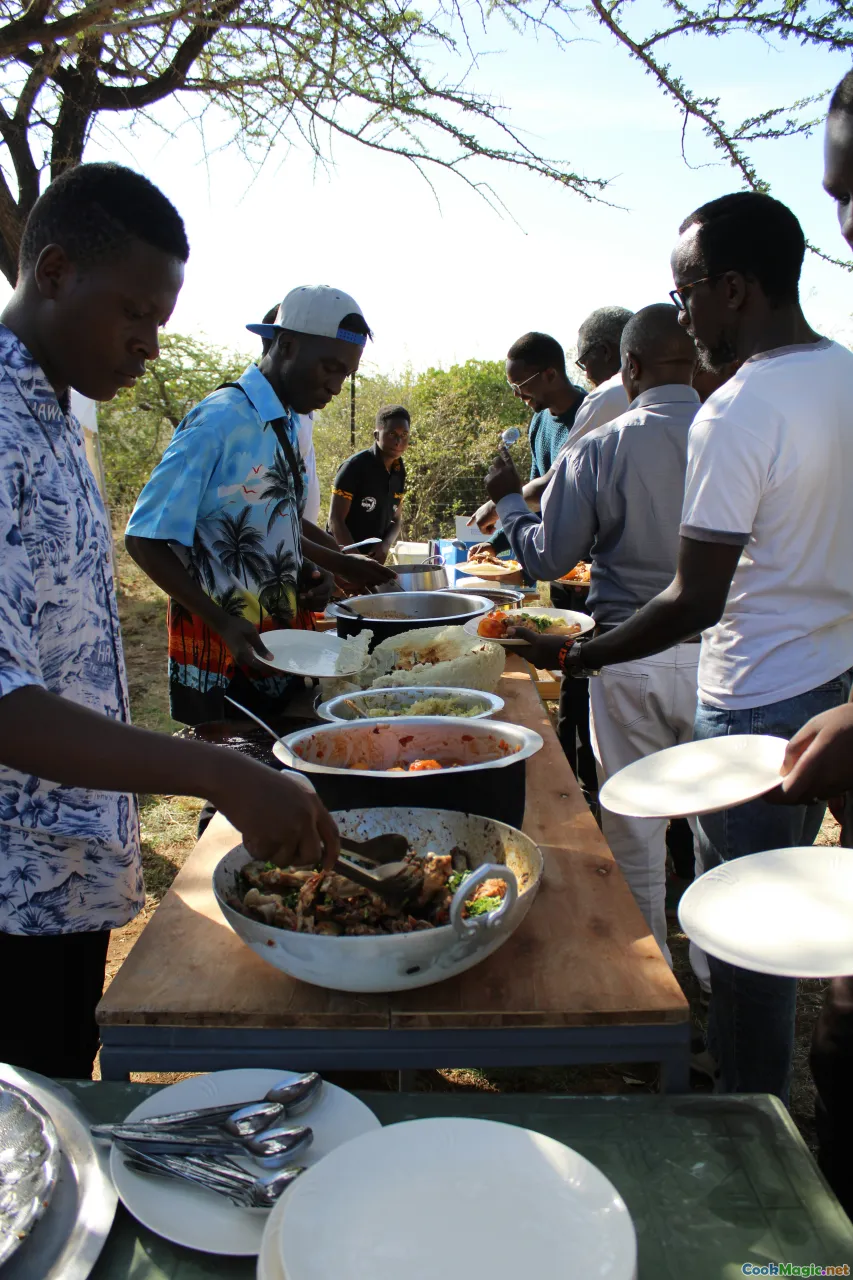
Regional food fairs are communal celebrations that foster social bonds. Farmers, artisans, chefs, and visitors mingle in shared spaces, tasting, talking, learning from one another.
In festivals like Kentucky’s Bourbon Trace Festival, local farmers are complemented by craft distillers, creating a sense of shared pride and partnership. Food-centric events host cooking competitions and communal dinners where community members connect over plates of fresh, local ingredients. These bonds lead to collaborations—new farm-to-table restaurants, co-op grocery stores, or shared marketing ventures.
The emotional connection forged in these gatherings transforms mere transactions into relationships rooted in shared identities and regional pride.
Tips for Farmers Taking the Leap into Food Festivals
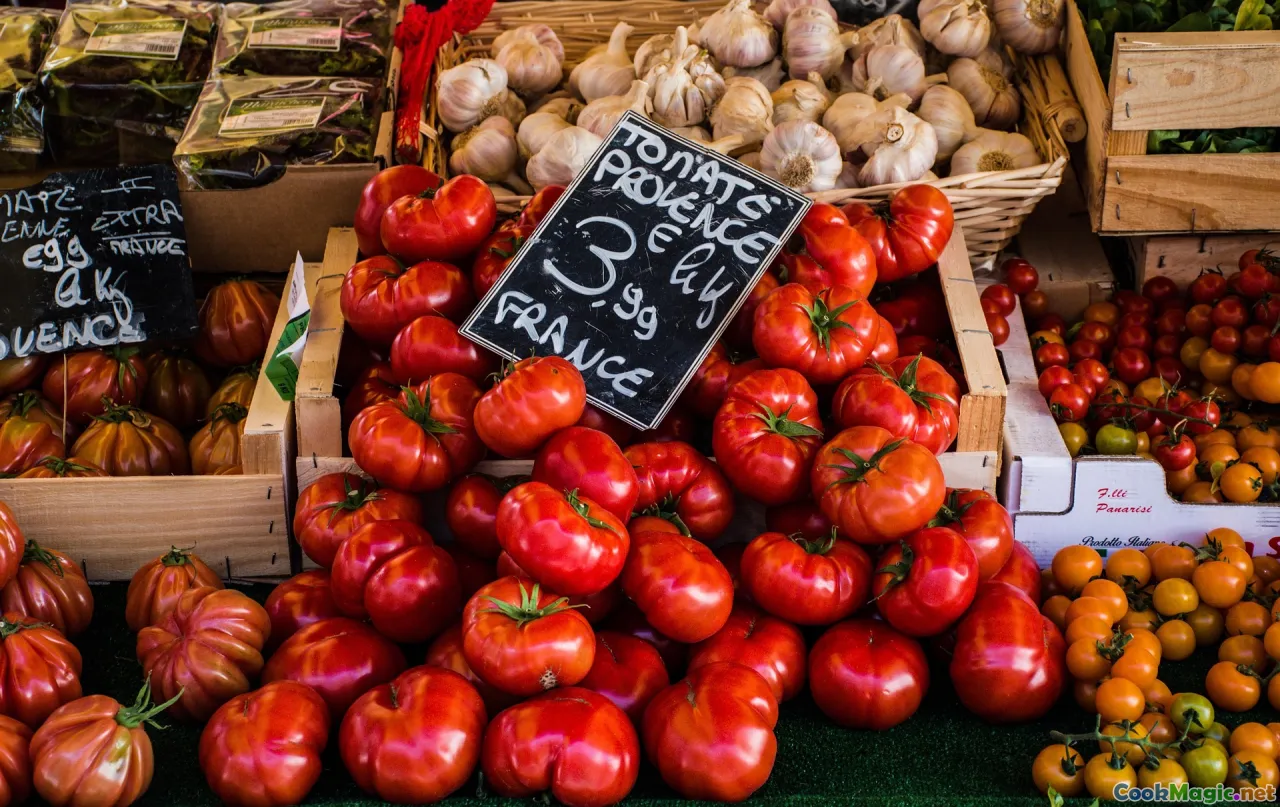
For farmers considering their first foray into regional fairs, here are some practical tips:
- Tell Your Story: Share the history and uniqueness of your farm products.
- Offer Sampling: Allow visitors to taste—flavor is the ultimate selling point.
- Highlight Sustainability: Promote eco-friendly practices to resonate with conscious consumers.
- Prepare Visually Impressively: Invest in attractive displays with fresh produce and simple, rustic branding.
- Network with Organizers: Build relationships for better positioning in future fairs.
- Bring Along Recipes or DIY Kits: Empower visitors to recreate your dishes at home.
Beyond the Fair: Lasting Impacts
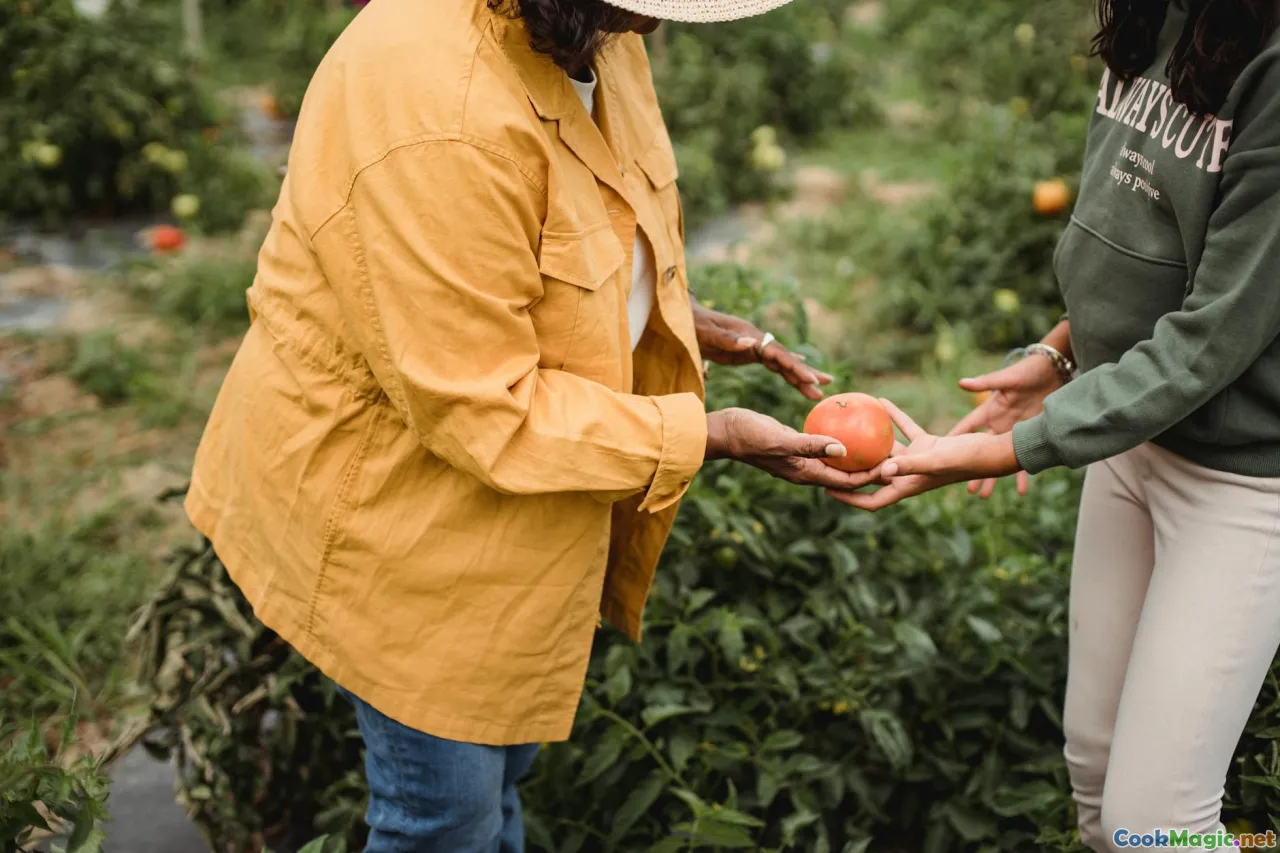
Participating in regional food festivals extends far beyond the day of the event. It builds a local food movement, encourages farm visits, and supports ongoing direct marketing channels. Customers who discover you at the fair often become long-term supporters—attending seasonal u-pick events, subscribing to farm boxes, or collaborating with chefs.
In a world increasingly disconnected from its food sources, these fairs offer a crucial reminder of our roots. They sustain local economies, preserve cultural heritages, and most importantly, ensure that each bite reflects genuine human connection to the land.
Food fairs celebrate more than just витles—they uphold the stories, traditions, and resilience of farmers whose efforts nourish communities both physically and emotionally. When you taste a ripe heirloom tomato or a handcrafted cheese at such an event, remember: behind every product lies a farmer’s love, labor, and legacy—efforts fiercely treasured at regional gatherings the world over.









